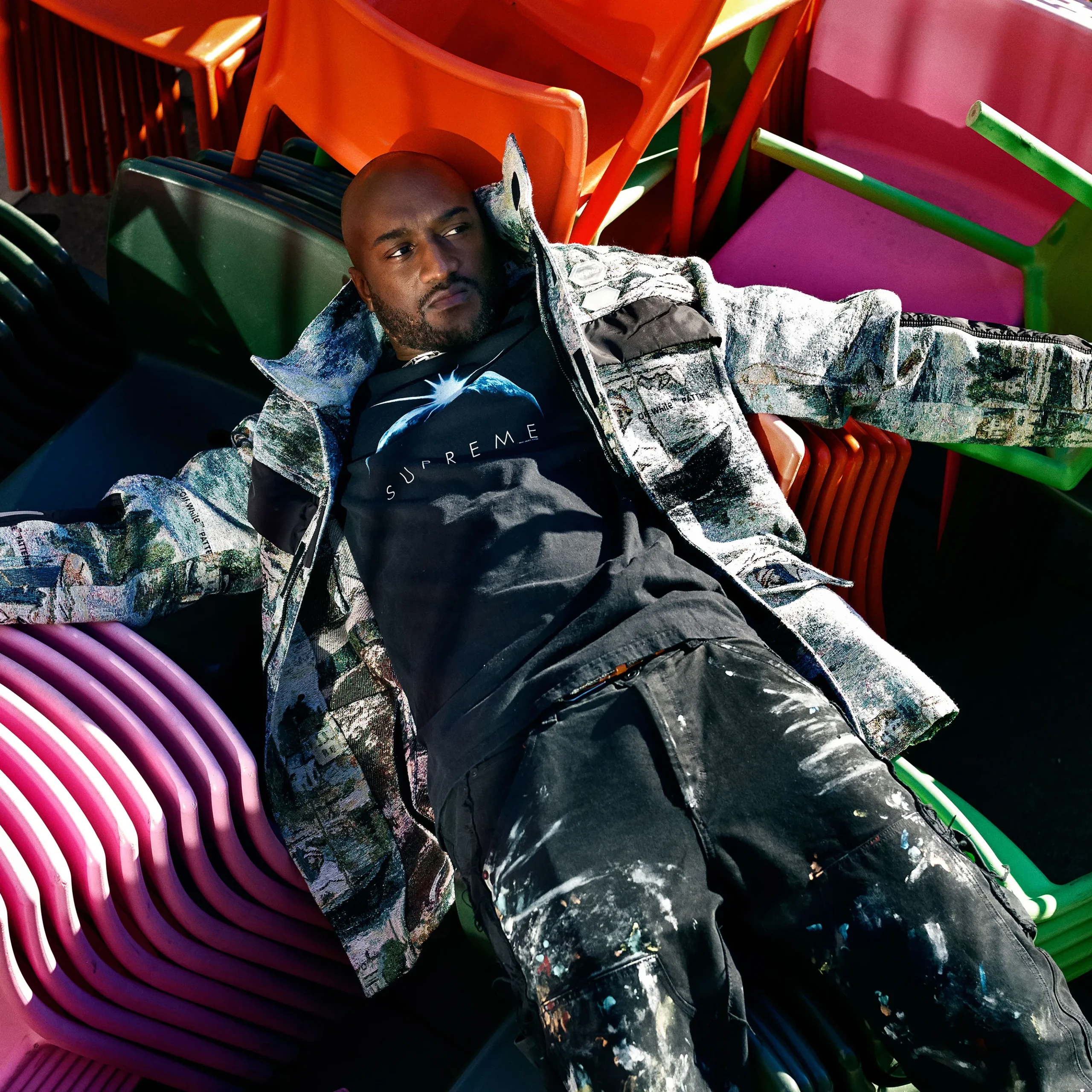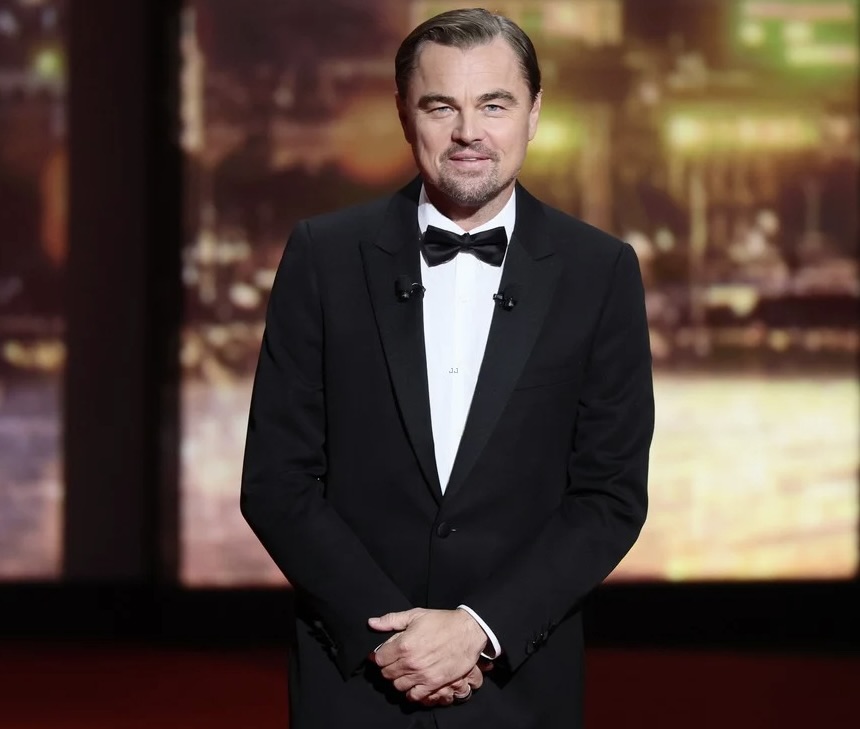
On November 14, 2025, two of the most talked-about figures in combat sports will collide: Jake Paul, the YouTuber-turned-prizefighter, and Gervonta “Tank” Davis, one of boxing’s most electrifying talents. But this time, the stakes are not career-defining — at least not on paper. This much-hyped clash, confirmed as an exhibition bout, won’t count toward either fighter’s professional record.
That single fact changes everything. It shifts the meaning of victory from record-keeping to relevance — a recalibration of what it means to “win” in the age of social media sports. For Jake Paul, this is a branding war as much as a boxing match. For Gervonta Davis, it’s an opportunity to showcase pure skill in a format liberated from the constraints of legacy.
a netflix fight: boxing in the streaming era
Perhaps the most revolutionary element of this matchup isn’t the bout itself but the platform. The Paul vs. Davis fight will stream live on Netflix, marking the streamer’s continued venture into live sports entertainment.
Netflix’s foray began with the Netflix Cup (Formula 1 x PGA crossover) and extended into The Roast of Tom Brady, which attracted millions of live viewers. The platform now sees combat sports — particularly influencer-driven fights — as an entertainment goldmine.
Jake Paul, who’s already blurred the boundaries between sport, celebrity, and content creation, fits Netflix’s vision perfectly. “This isn’t just a fight,” Paul said in a teaser clip. “It’s a cinematic event.” The deal represents a major pivot for boxing itself — from pay-per-view exclusivity to mass-streaming accessibility, where global exposure replaces traditional gate receipts.
the exhibition rules
The fight’s exhibition status gives promoters the creative freedom to tweak the rules. Reports suggest the bout will consist of eight two-minute rounds, using 10-ounce gloves — somewhere between professional and amateur standards. No knockouts will be officially recorded, though both fighters have publicly stated they’ll “go for the finish.”
Jake Paul thrives in this gray zone of semi-competition. His previous exhibitions — including his debut fight against Deji Olatunji in 2018 and his exhibition-style matchup with Mike Perry — established him as a showman unafraid to play outside the traditional boundaries of boxing.
For Davis, the smaller gloves and shorter rounds could heighten the intensity, allowing his signature explosiveness to shine. Yet the exhibition framework ensures both fighters have enough room to protect their long-term careers. It’s a dance between danger and display.
View this post on Instagram
artificial intelligence enters the ring
In a historic twist, one of the judges for the fight will be an AI system, developed in collaboration with a tech startup specializing in motion analysis. The AI will evaluate punch accuracy, defensive movement, and ring control — quantifying elements that human judges often interpret subjectively.
This experiment could redefine how fight scoring works, introducing algorithmic fairness (or controversy) into a sport long plagued by judging disputes. Some critics argue that “boxing should be human,” while others see this as an inevitable evolution.
For Jake Paul — who has invested in tech startups and frequently experiments with AI-driven marketing — it’s a branding alignment as much as a fight innovation. His team described the move as “a bridge between combat and computation.”
Netflix, ever the narrative architect, is rumored to include behind-the-scenes segments documenting how the AI system works, blending real-time sport with educational storytelling — effectively making the fight an interactive docu-spectacle.
from internet to institution
Jake Paul’s journey from internet provocateur to legitimate boxing figure is one of the sport’s strangest transformations. Once dismissed as a gimmick, Paul has spent years building his boxing credibility — training under BJ Flores and Shane Mosley, and taking on opponents like Tyron Woodley, Anderson Silva, and Nate Diaz.
While none of these fights elevated him to elite status, they did accomplish something more disruptive: they made boxing relevant again to a digital generation that had gone away from the sport.
Paul’s Most Valuable Promotions (MVP) has also played a vital role in this revival, signing talents like Amanda Serrano and Terri Harper, and creating crossover events that attract global media attention. His strategy merges influencer culture with traditional fight promotion — where Instagram reels generate as much momentum as ESPN features.
precision meets pop culture
Gervonta “Tank” Davis enters the fight as one of the most gifted boxers of his generation. With a record of 30-1, his power, timing, and ring IQ are second to none. But what’s interesting about Davis’s involvement in this exhibition is not the potential payday — it’s the visibility.
While Davis has long dominated the sport’s inner circle, Paul offers him access to a much wider audience: the millions who follow influencer boxing but have never watched a sanctioned title fight.
In this sense, the exhibition serves Davis as a kind of gateway marketing play. By facing Paul, he steps outside the boxing bubble and into pop culture at large. For fans who know him only through viral highlights or memes, this Netflix showcase is a full introduction.
a fight btw algorithms
What makes Jake Paul vs. Tank Davis so fascinating isn’t just the match-up — it’s what it symbolizes. The entire event operates like an algorithmic feedback loop:
-
A digital celebrity turned boxer fighting a boxing purist turned celebrity.
-
An AI judge determining performance while social media determines perception.
-
A global streaming giant turning combat into content.
Boxing has always been theater — from Muhammad Ali’s “Rumble in the Jungle” to Mayweather’s money fights. But Paul and Davis have taken that showmanship into a new medium, where camera angles and data analytics share the spotlight with uppercuts and footwork.
flow
Critics argue that exhibition bouts dilute boxing’s authenticity, transforming it into influencer spectacle. But others see this as a lifeline — a modernization that keeps the sport culturally alive.
The numbers don’t lie: Jake Paul’s fights consistently draw millions of viewers who wouldn’t otherwise pay attention to boxing. In a world where audience attention is the new currency, that matters.
For Davis, the exhibition is low-risk, high-visibility. For Paul, it’s another chance to defy expectations and position himself as a disruptor — not of boxing alone, but of entertainment as a system.
impression
The November 14 bout will not define either man’s record, but it may well redefine boxing’s future. Whether seen as sport, spectacle, or hybrid innovation, Jake Paul vs. Gervonta Davis represents a turning point — a merger of athleticism, algorithms, and attention economies.
The world will tune in not just to see who wins, but to witness how far boxing can stretch before it becomes something entirely new.
No comments yet.






